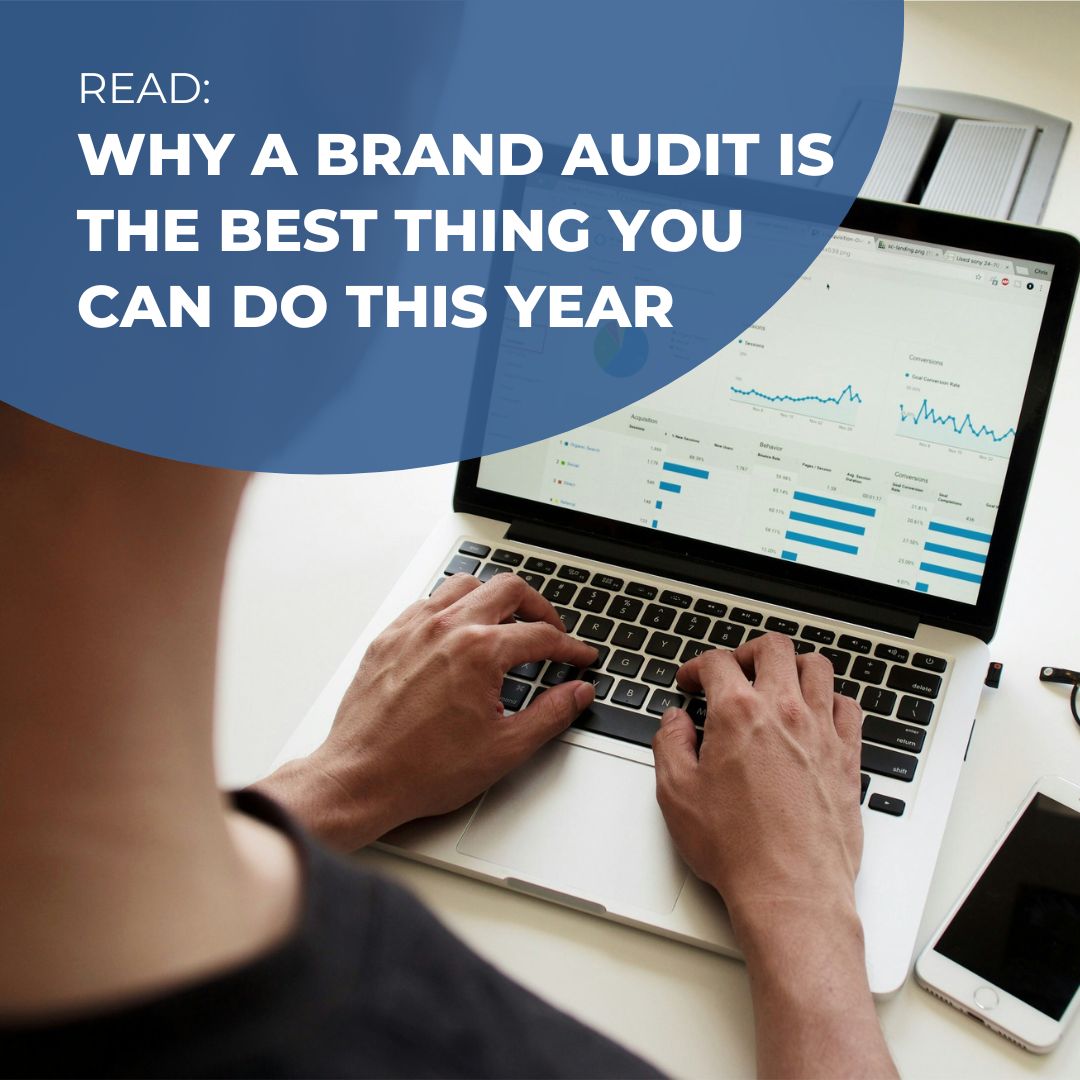During a business development or kick-off call with a client, a question we’re often asked is, “Who else would you recommend including on our employer brand committee (core team, project team, steering committee, etc.)?” In the past, the answer has been: C-suite Leadership, Talent Acquisition, Human Resources (HR), Corporate Communications, and Marketing. Depending upon the work, there may be recommendations to also include Legal and/or IT.
Those groups are absolutely key stakeholders when it comes to employer branding. They each play a role in ensuring the success of the employer brand work, whether they are responsible, accountable, supporting, consulted, or informed.
Now, as I look at this list, I can’t help but wonder if the most important partner is not represented.
Recently, I was talking with a client who accepted a new role with a new company. While working at her (now) previous employer, she reported into Talent Acquisition—a very common organizational structure for the employer brand function.
What was most interesting to me is …
In her new role, she will report to the head of diversity and inclusion.
Employer brand professionals are uniquely positioned to weave the work of recruitment marketing, employer branding, employee communications, and diversity, equity, inclusion, and belonging (DEIB) together.
At its core, employer branding is how we communicate about an organization as an employer, internally and externally. To do so successfully, practitioners and consultants alike need to see an organization through the lens of its people, meaning:
- listen to employees and value differing points of view
- share their stories and amplify their voices
- be an advocate
Seeing an organization through different perspectives is vital. It helps us create that unique perspective and tell the employer brand stories that no other organization can tell. It’s what sets us apart in the competitive employment landscape.
But employer brand—along with HR, TA, communications, marketing—cannot do this important work alone.
Most often, DEIB colleagues contribute during employer branding execution—helping to uncover the stories to tell externally. Today, in a world that’s trying to acknowledge and address pay inequities, gender parity, and social justice, a more powerful approach is for DEIB to constantly and consistently contribute to the end-to-end employer brand (research, development, strategy, and execution).
An ally is someone who supports an initiative, a cause, a movement. While an advocate is more than that—it’s someone who also takes action. Employer brand practitioners often ask DEIB teams, resource groups, and others in their organization to be brand advocates, but advocacy starts with the individual.
So what can you do to advocate for DEIB and make a difference in your organization? How can you help your organization show progress on DEIB commitments?
Consider: meeting regularly with DEIB professionals, allies, and advocacy groups inside your organization; inviting your head of diversity and inclusion to join your employer brand committee; getting more involved with DEIB colleagues to help their strategies permeate throughout the company; including them on the employer brand journey, helping to shape your organization’s employer brand story, starting now … until forever.
Perhaps, you may find yourself asking to report to the head of diversity and inclusion.
Related Insights:
How to Build an Impactful Marketing Partnership
4 Important Ways to Bring Employer Brand + Diversity, Equity, and Inclusion Together #DEI

.jpg)

